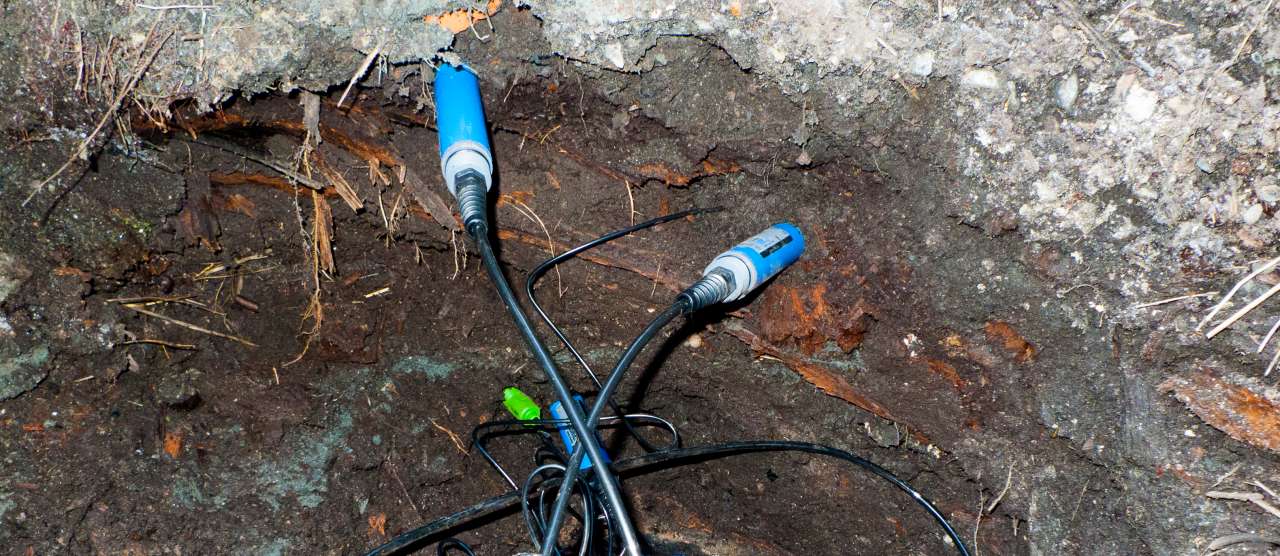It has come to the soil and in the soil it should remain

Photo: Ove Bergersen
In cooperation with archaeologists, scientists from NIBIO have examined soil layers on construction sites to find out whether cultural heritage can be removed or if it is best left where it is.
According to Norwegian law, cultural monuments from the Middle Ages are kept in situ if the conditions are right for it, i.e. they are preserved for posterity where they are, in the soil or on the ocean floor. Old organic material such as wood can be destroyed if it is exposed to oxygen.
Senior Research Scientist Ove Bergersen travels around the whole country to take soil samples from different building sites.
"From the Middle Ages and onwards people just built on top of what was already lying there. They trampled down dirt and rubbish and laid out new buildings and other things on top. These soil layers, which can include everything from wood chips to food leftovers and other traces of human activity, are called the culture layers and are being analysed", he says.
The goal is to find out whether the conditions for preservation in the soil in and around cultural monuments are good or bad through examination. Then the culture layers are monitored over time both before and after finished construction work. One can then see whether preservation conditions in the culture layers change or remain stable.
An oxygen poor environment is best. High water saturation provides good conditions for the preservation of cultural heritage because the soil's pores are closed for oxygen supply.
"It is not uncommon, for example, to find a human body from the Middle Ages in mire, where the body, hair and clothes are all completely intact, if somewhat shrivelled", says Bergersen.
For cultural heritage of inorganic material, there are other conditions that determine if it is well preserved or not. The researchers therefore also measure the pH, salt content and temperature.
Time will tell, but currently, Ove Bergersen can ascertain that, if the conditions are right, it is certainly appropriate to let cultural heritage lie where it is rather than to remove it.
Contacts

Ove Bergersen
Senior Research Scientist
-
Division of Environment and Natural Resources
(+47) 918 45 072 ove.bergersen@nibio.no Office Location: Ås Vollebekk
Contacts

Ove Bergersen
Senior Research Scientist
-
Division of Environment and Natural Resources
(+47) 918 45 072 ove.bergersen@nibio.no Office Location: Ås Vollebekk
